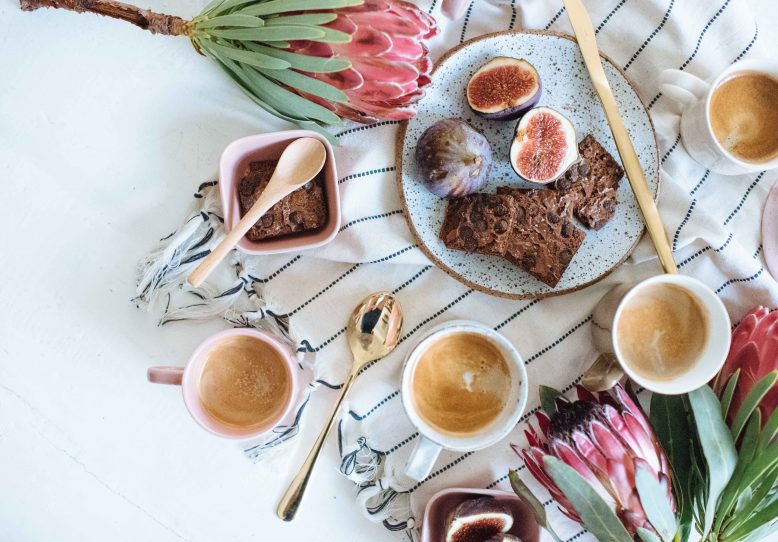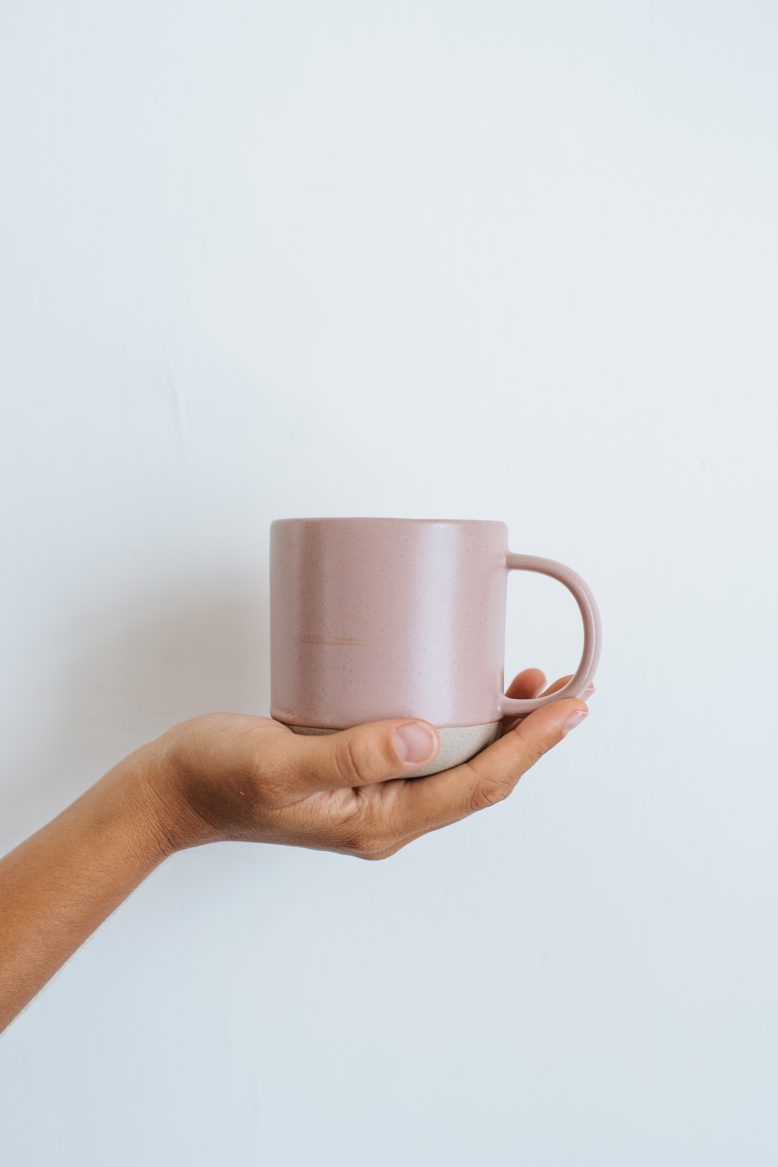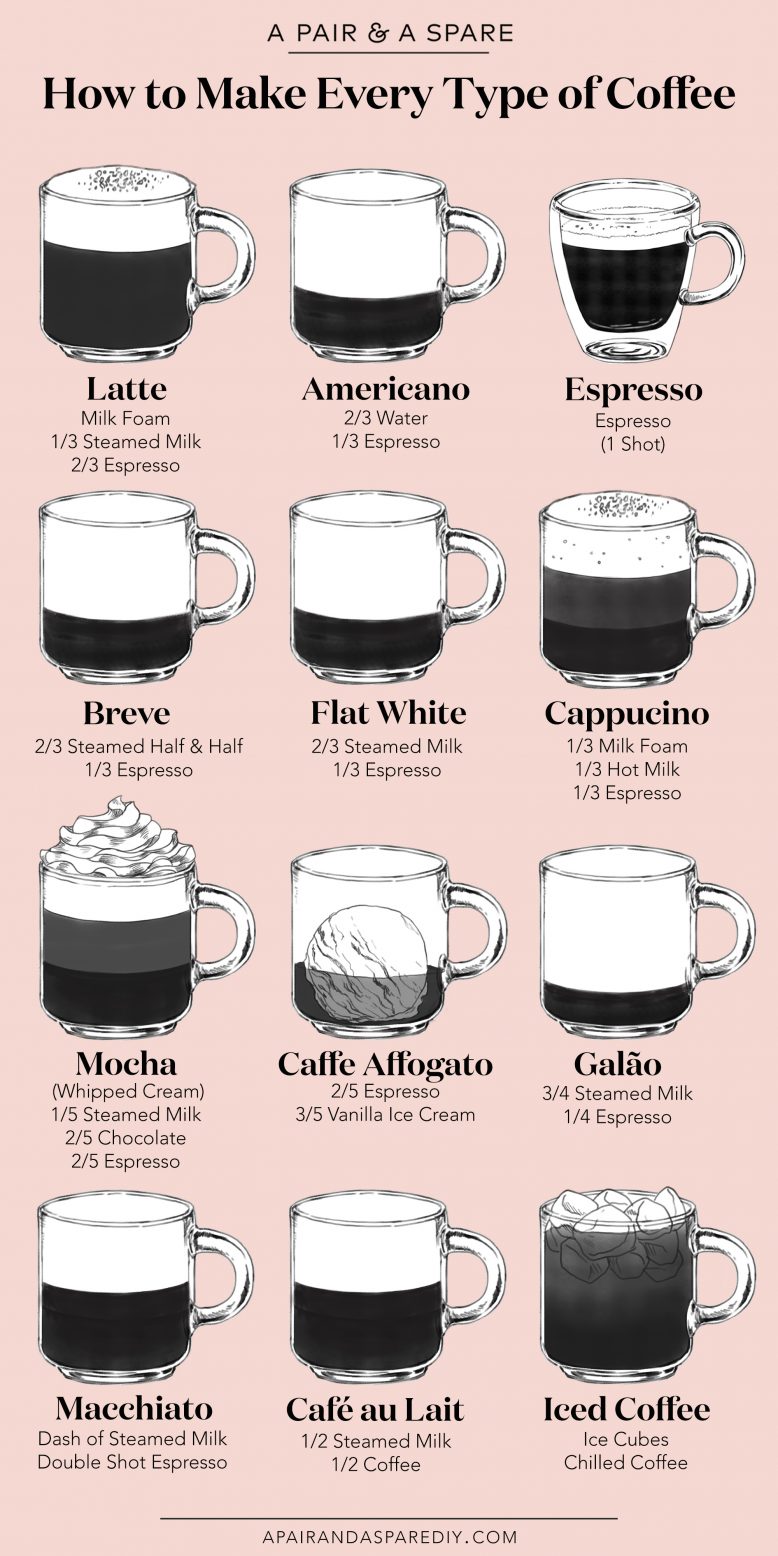Coffee. Makes the world go round right?
It’s been a big part of my day for years, but up until recently, I had only a vague notion of what made the myriad of coffee styles taste so different. I mean, what’s the difference between a flat white and a cappuccino? This wasn’t such a huge issue when I only got my coffee out (baristas usually know what they are doing), but now that I love to pair my coffee with a home made breakfast of protein pancakes or granola , or have one in the studio during a long brainstorming session, understanding the anatomy of different coffees appeals entirely. And experimenting is sure to keep things interesting!
As part of our ongoing collaboration with Nespresso, I thought it was high time to enlighten myself (and, by extension, you guys) on the ins and outs of all the different types of coffee. It turns out that the various coffee types all come down to simple formulas of coffee, milk, water and anything else you decide to add. And now I know what these are! No more stumbling when trying to decide what to have. I, at long last, know an Americano from a Cafe au Lait.
Guide To Making Every Type Of Coffee
In case you’re kind of in the dark like I was, we sat down and created an illustration to share all I learnt, with all the coffee types your tired, 3 pm desperately-need-a-coffee brain could ever need. And just in case you didn’t know (this is important!): an affogato comes served with a scoop of ice cream. Or perhaps it’s time to make that cappuccino an Irish one?
If you’ve been following along for a while you’ll know that at home and in the studio I love Nespresso, not only is it convenient but the quality is fantastic – from the capsule that maintains the taste and aromatic profile to their hands on approach to the coffee process (from bean to cup). What’s more, being able to make all these coffee types has opened up a world of coffee experimenting for me.
Illustration by Natalie Ong. This post is in collaboration with Nespresso. Make sure to recycle your capsules using their recycling program (read more about that here).



















